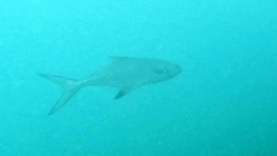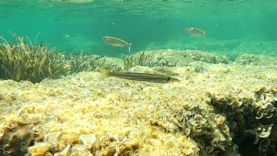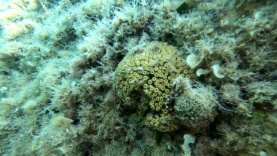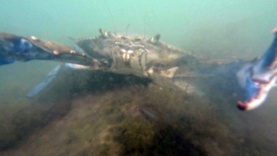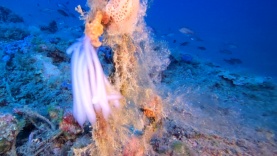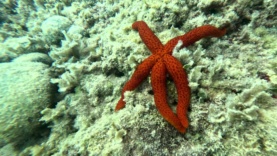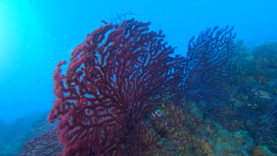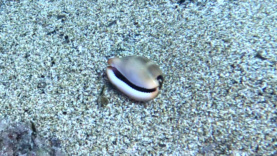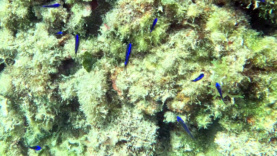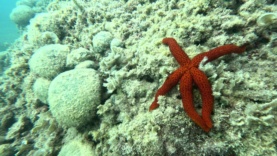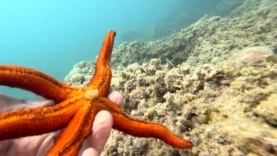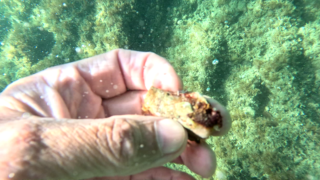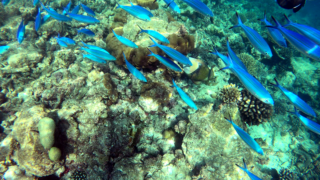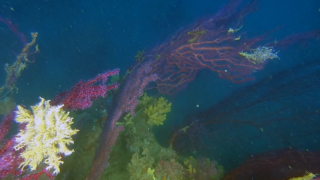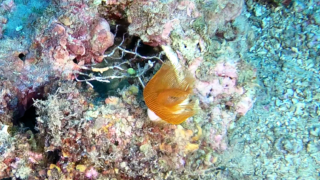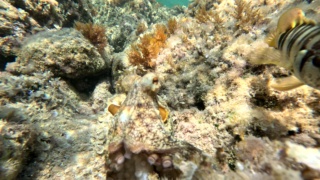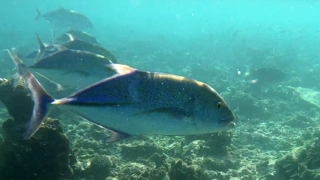Red starfish
Finding a starfish is one of the first experiences a diver can have, especially the Red starfish – Echinaster sepositus – one of the many species among the most common in the Mediterranean Sea.
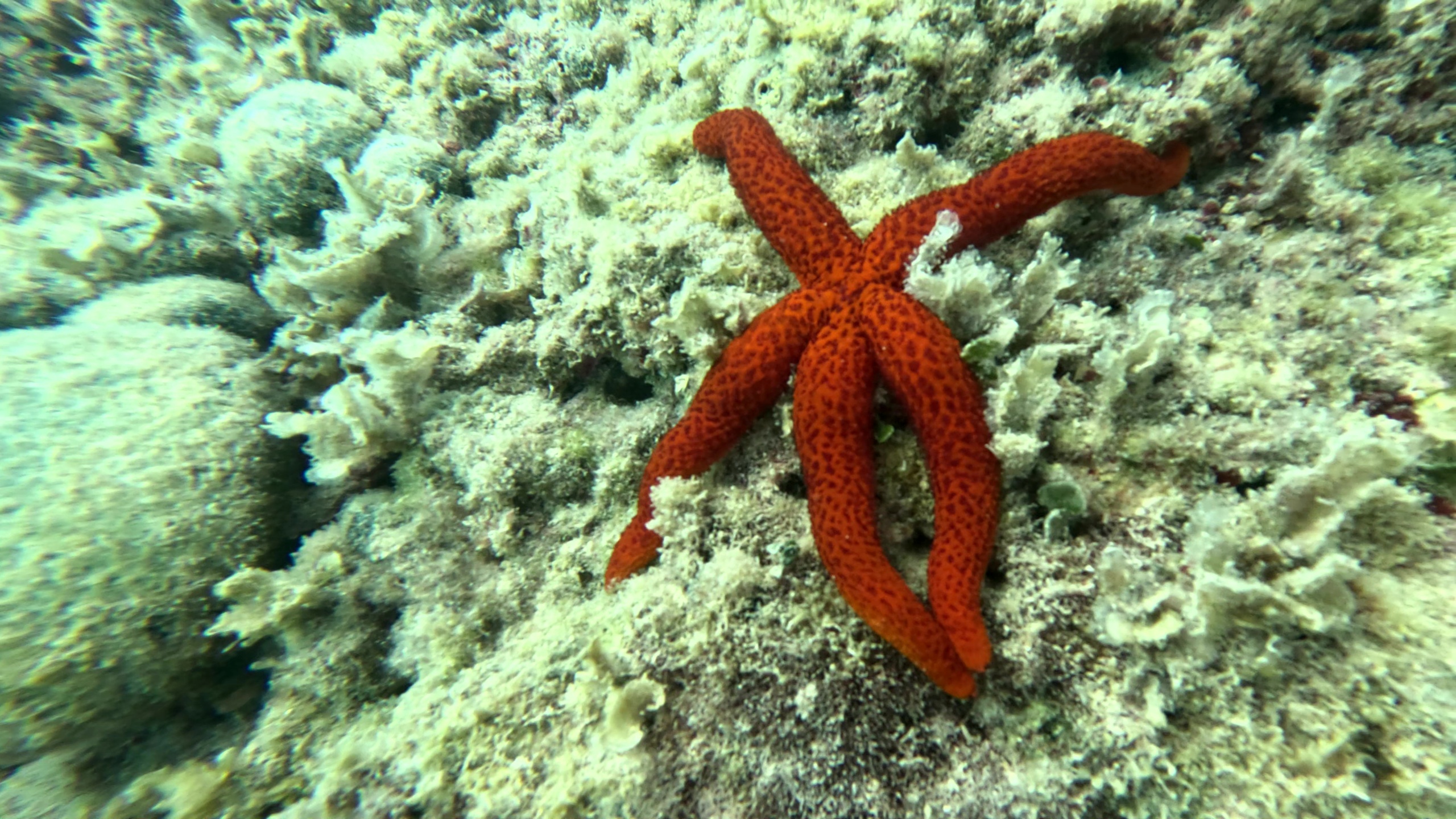
It is one of the first encounters, but even the most experienced divers always find this species of echinoderm fascinating. However, when they meet, some precautions must be taken to avoid causing damage to these splendid starfish. Surely picking them up with some care, handling them and forcibly removing them from the substrate on which they are located can lead to damage to the ambulacral pedicels, that system of “small suckers”, the terminal portion of the aquifer system. which allows them to move.

Avoid moving them too much, in terms of the depth at which they found themselves, i.e. taking them from the area where we encountered them to a lower depth for example; but above all absolutely avoid taking them out of the water, this could lead the animal to suffer an embolism which could damage it or cause it to die. Although the embolism is not the main cause of death, it must be remembered that this behavior causes them great stress, especially if species found several meters deep are the ones to be taken out of the water.
https://it.wikipedia.org/wiki/Echinaster_sepositus
https://www.biopills.net/starfish-die-out-of-water/
The Mediterranean star red, (Echinaster sepositus) is a species of starfish from the East Atlantic, including the Mediterranean Sea.
Echinaster sepositus has five relatively slender arms around a small central disc. It usually has a diameter of up to 20 cm, but can exceptionally reach up to 30 cm. It is of bright orange-red in colour. The surface is dotted with evenly spaced pits from which the animal can extend its deep red gills (papullae).
Common throughout the Mediterranean Sea up to 200 meters deep, it can be found both along the surface of rocks and between Posidonia beds, but not at temperatures above 22 ° C. Being a widespread starfish it is easy to meet it during scuba diving and lends itself well to being admired and photographed.
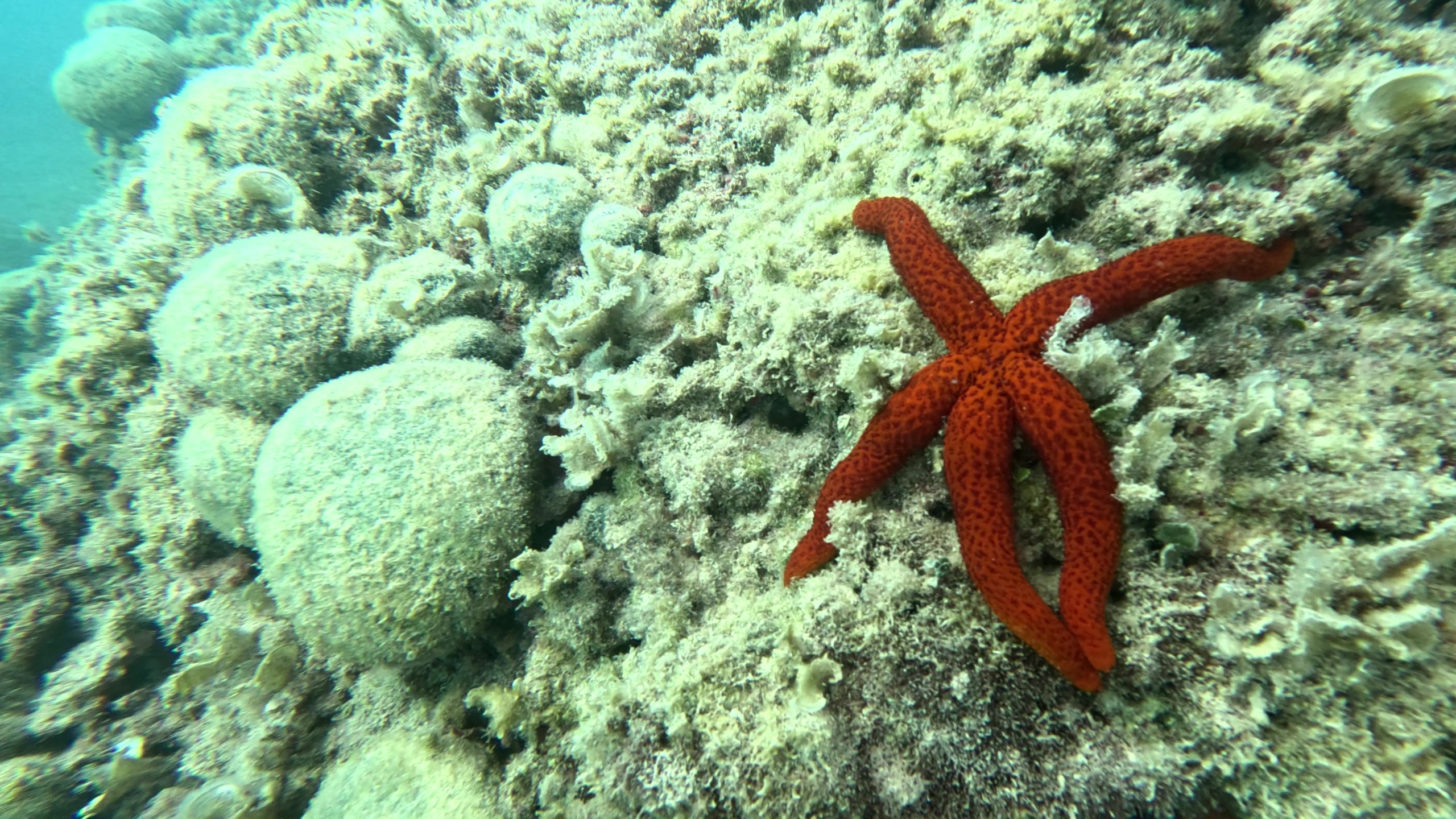
Echinoderms possess a unique water vascular system. This is a network of fluid-filled canals derived from the coelom (body cavity) that function in gas exchange, feeding, sensory reception and locomotion. This system varies between different classes of echinoderm but typically opens to the exterior through a sieve-like madreporite on the aboral (upper) surface of the animal. The madreporite is linked to a slender duct, the stone canal, which extends to a ring canal that encircles the mouth or oesophagus. From this, radial canals extend along the arms of asteroids and adjoin the test in the ambulacral areas of echinoids. Short lateral canals branch off the radial canals, each one ending in an ampulla.

Part of the ampulla can protrude through a pore (or a pair of pores in sea urchins) to the exterior and is known as a podium or tube feet. The water vascular system assists with the distribution of nutrients throughout the animal’s body and is most obviously expressed in the tube feet which can be extended or contracted by the redistribution of fluid between the foot and the internal sac.
https://en.wikipedia.org/wiki/Echinaster_sepositus
Gallery

